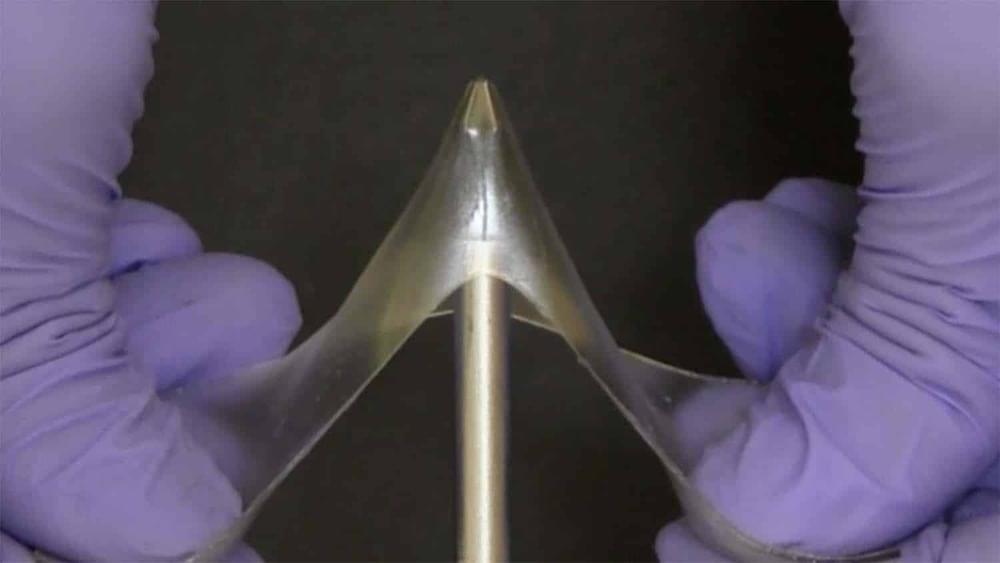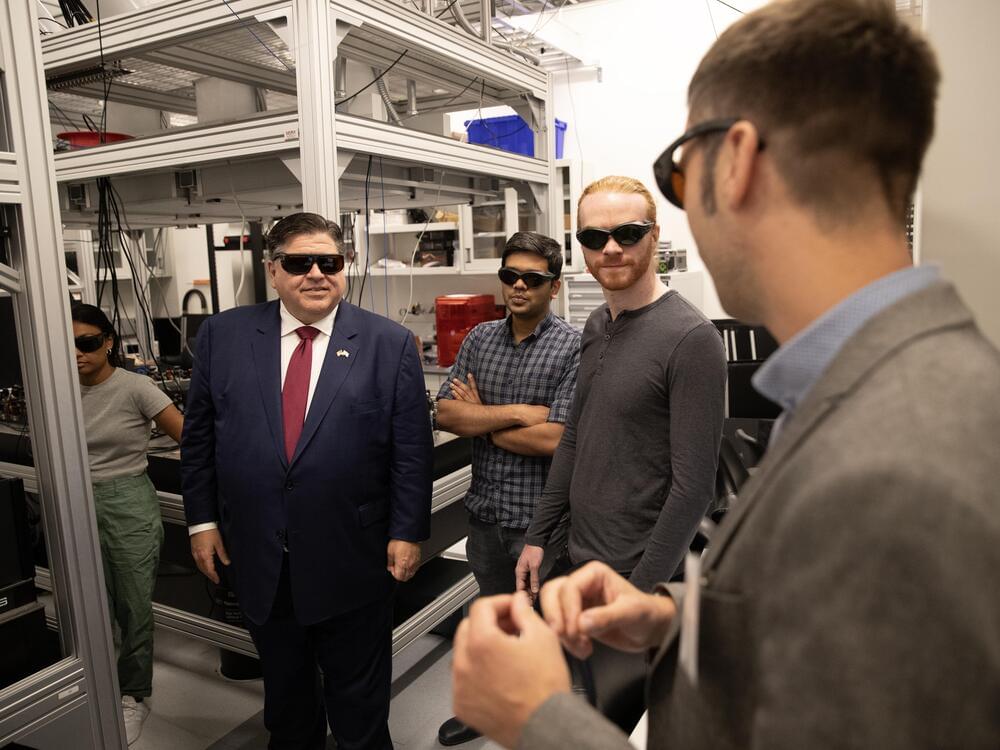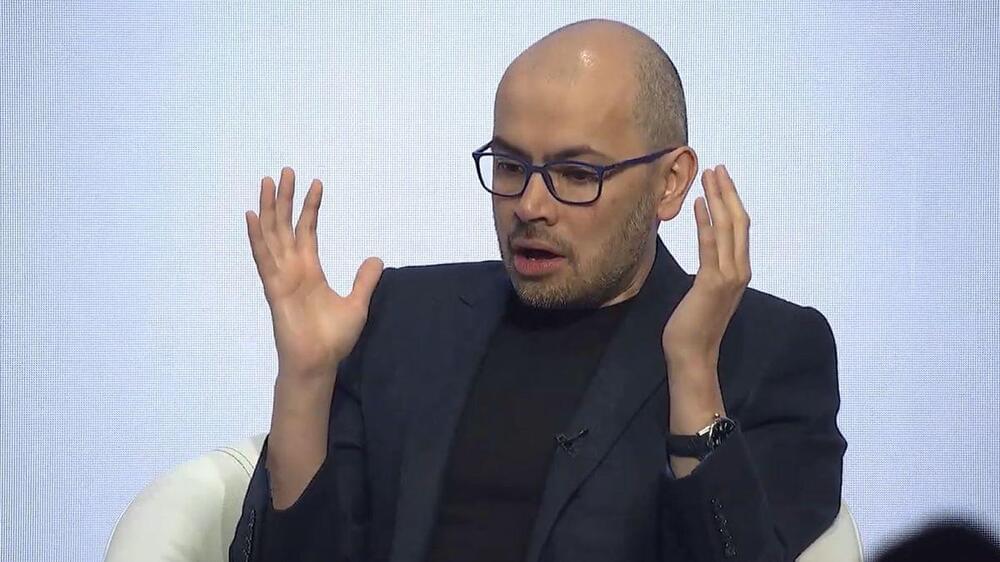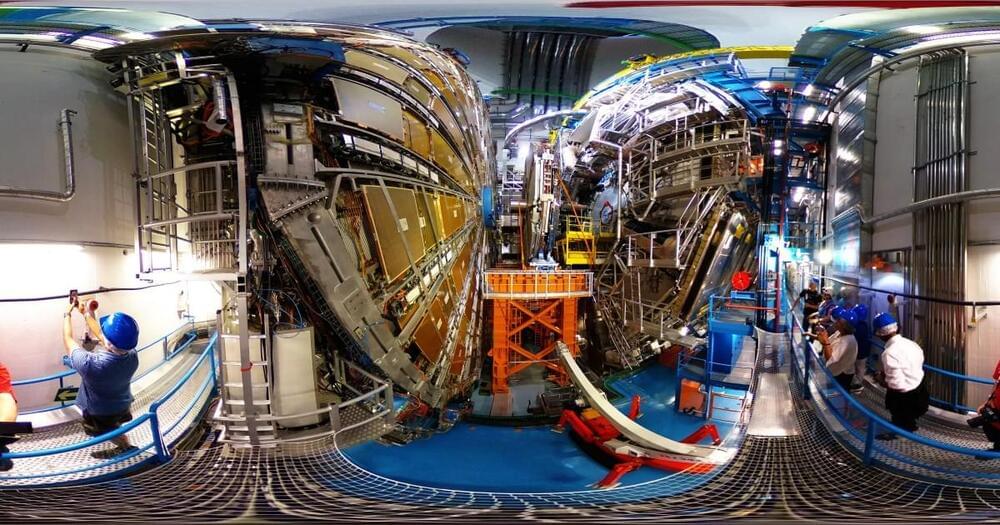Jul 16, 2024
Impacts of Space Travel on Astronauts’ Eye Health
Posted by Natalie Chan in categories: biotech/medical, health
As space travel becomes more common, it is important to consider the impacts of space flight and altered gravity on the human body. Led by Dr. Ana Diaz Artiles, researchers at Texas A&M University are studying some of those impacts, specifically effects on the eye.
Gravitational changes experienced by astronauts during space travel can cause fluids within the body to shift. This can cause changes to the cardiovascular system, including vessels in and around the eyes.
As the commercialization of space flight becomes more common and individual space travel increases, astronauts will not be the only ones experiencing these changes. Individuals traveling to space with commercial companies may not be as fit or healthy as astronauts, making it even more important to understand the role that fluid shift plays in cardiovascular and eye health.

















